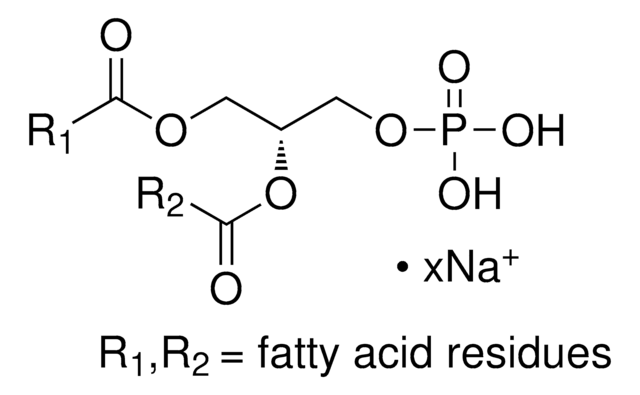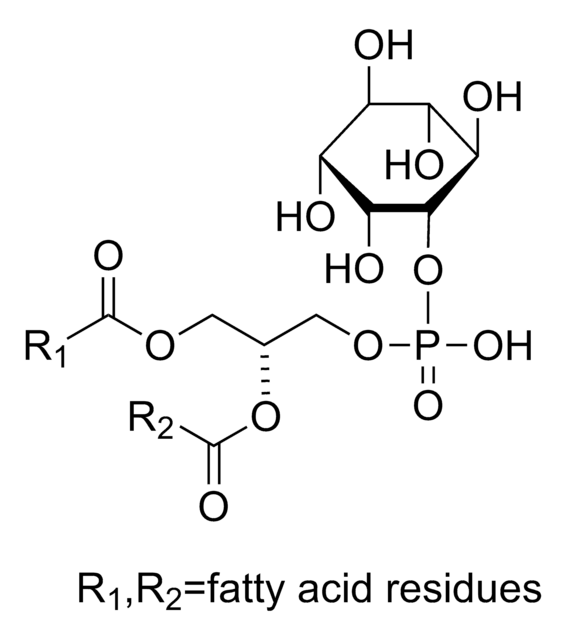A9045
Agarosa, baja temperatura de gelificación
BioReagent, suitable for cell culture, suitable for insect cell culture, suitable for plant cell culture
Sinónimos:
2-hidroxietil agarosa
About This Item
Productos recomendados
product line
BioReagent
form
powder
technique(s)
cell culture | insect: suitable
cell culture | mammalian: suitable
cell culture | plant: suitable
EEO
≤0.1
mp
≤65 °C ( at a 1.5% gel)
transition temp
congealing temperature 26-30 °C
gel strength
≥200 g/cm2 (1% gel)
solubility
H2O: 10 mg/mL (with heat)
anion traces
sulfate (SO42-): ≤0.10%
foreign activity
RNase and DNase free
General description
Application
- plant cell culture studies
- insect cell culture studies
- cell culture studies
It may be used for the following studies:
- Recovery of defined RNA and DNA fractions after electrophoretic separation.
- Cytochemical staining procedure to investigate the succinate dehydrogenase (SDH) activity in pre-ovulatory mouse oocytes.
- Purification of RNA in Caenorhabditis elegans by electrophoresis.
Analysis Note
Contenido de sulfatos - utilizados como un indicador de pureza, ya que los sulfatos constituyen el principal grupo iónico presente.
Fuerza del gel - la fuerza que debe aplicarse a un gel para provocar su fractura.
Punto de gelificación - la temperatura a la cual una disolución acuosa de agarosa forma un gel cuando se enfría. Las disoluciones de agarosa exhiben histéresis en la transición de líquido a gel - es decir, su punto de gelificación no es el mismo que su temperatura de fusión.
Electroendosmosis (EEO) - movimiento de líquido a través del gel. En un gel de agarosa, los grupos aniónicos están pegados a la matriz y no pueden moverse, pero los contra-cationes disociables pueden migrar en la matriz hacia el cátodo, dando lugar a EEO. Dado que el movimiento electroforético de los biopolímeros suele ser en dirección al ánodo, la EEO puede alterar las separaciones debido a la convección interna.
Storage Class
11 - Combustible Solids
wgk_germany
WGK 3
flash_point_f
Not applicable
flash_point_c
Not applicable
ppe
Eyeshields, Gloves, type N95 (US)
Certificados de análisis (COA)
Busque Certificados de análisis (COA) introduciendo el número de lote del producto. Los números de lote se encuentran en la etiqueta del producto después de las palabras «Lot» o «Batch»
¿Ya tiene este producto?
Encuentre la documentación para los productos que ha comprado recientemente en la Biblioteca de documentos.
Los clientes también vieron
Nuestro equipo de científicos tiene experiencia en todas las áreas de investigación: Ciencias de la vida, Ciencia de los materiales, Síntesis química, Cromatografía, Analítica y muchas otras.
Póngase en contacto con el Servicio técnico



